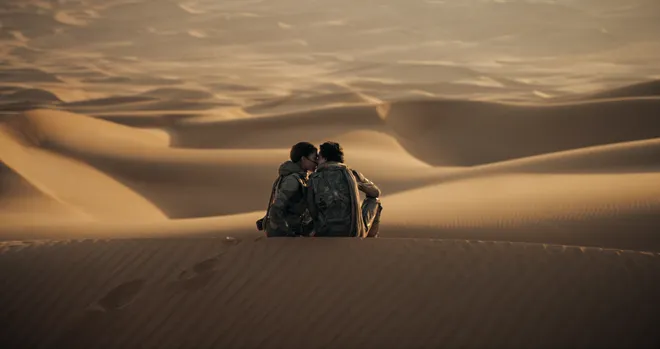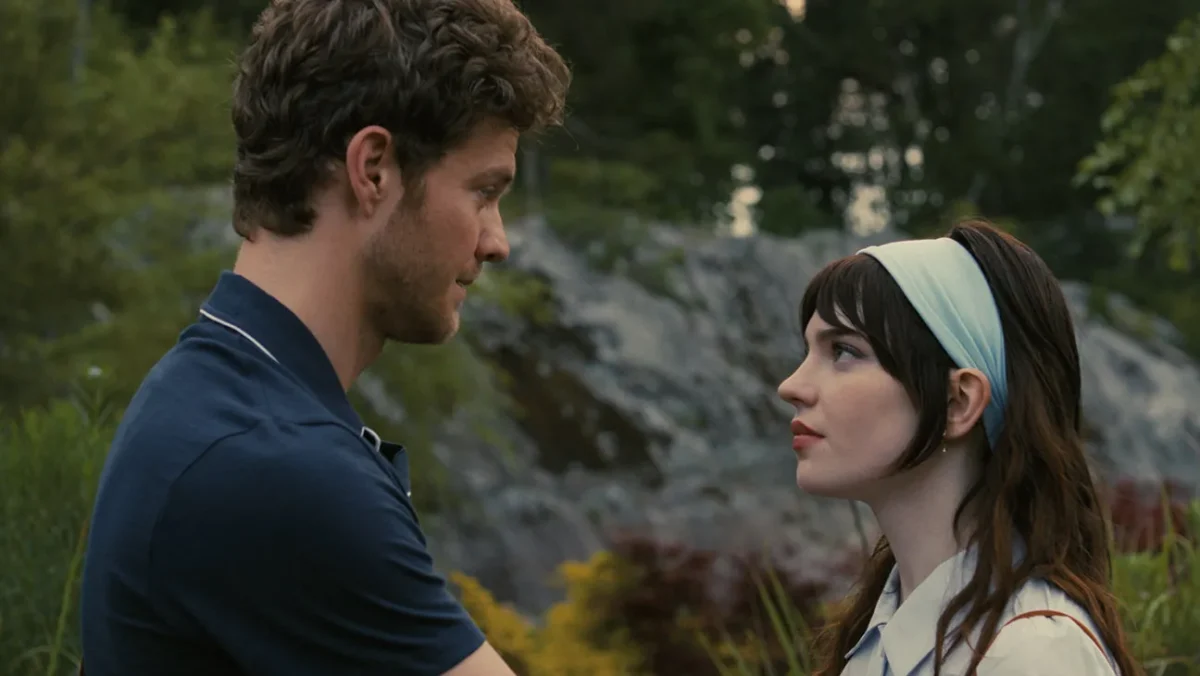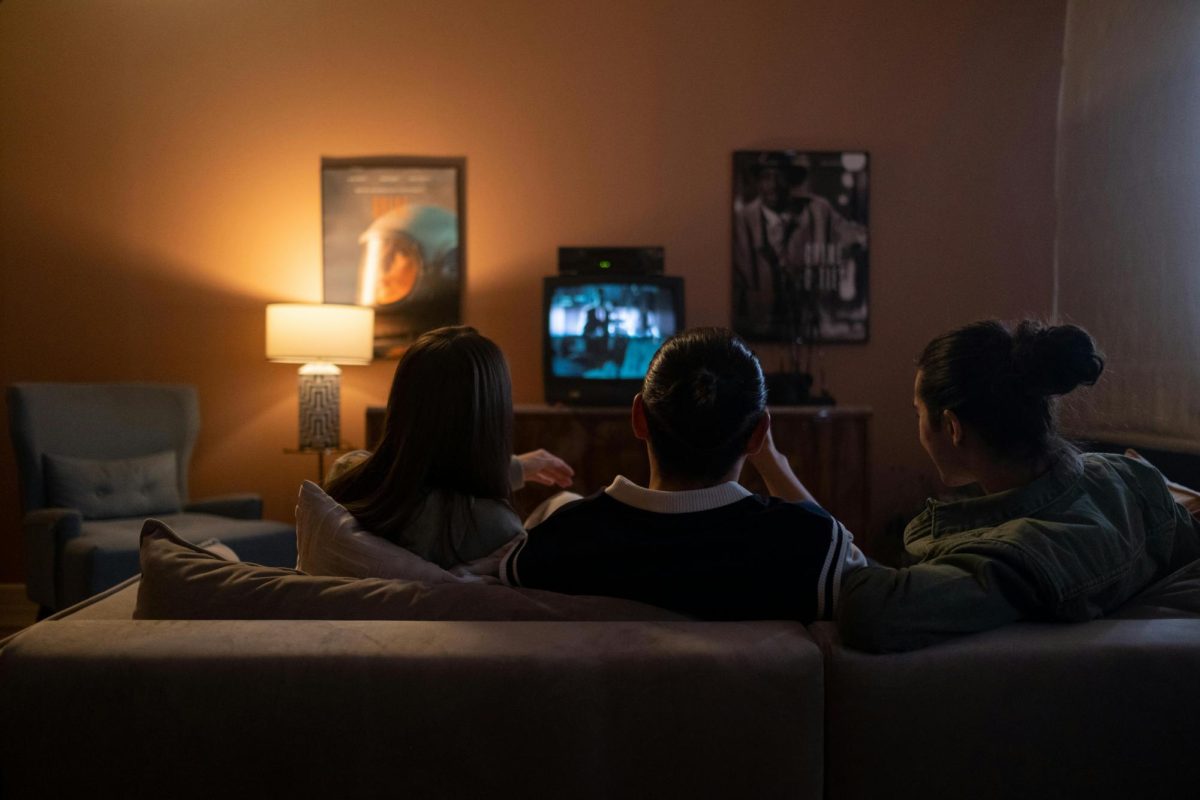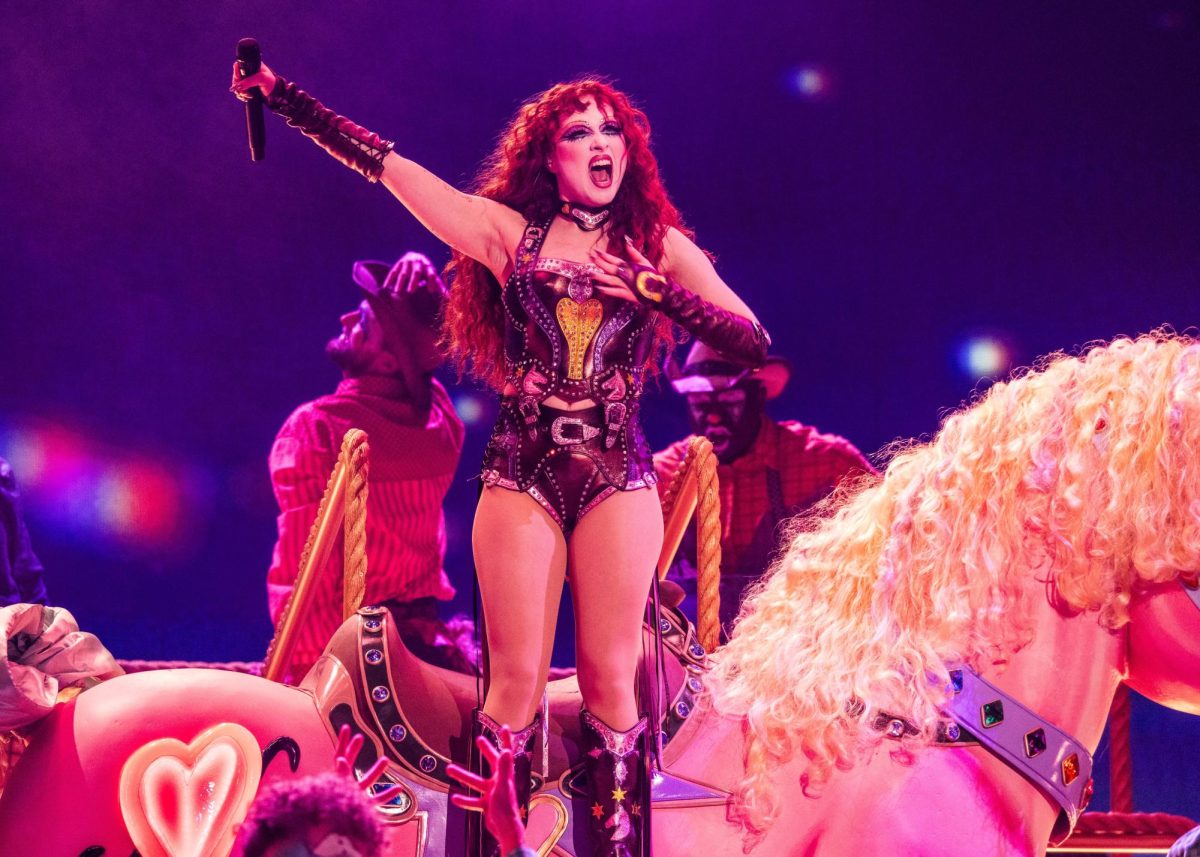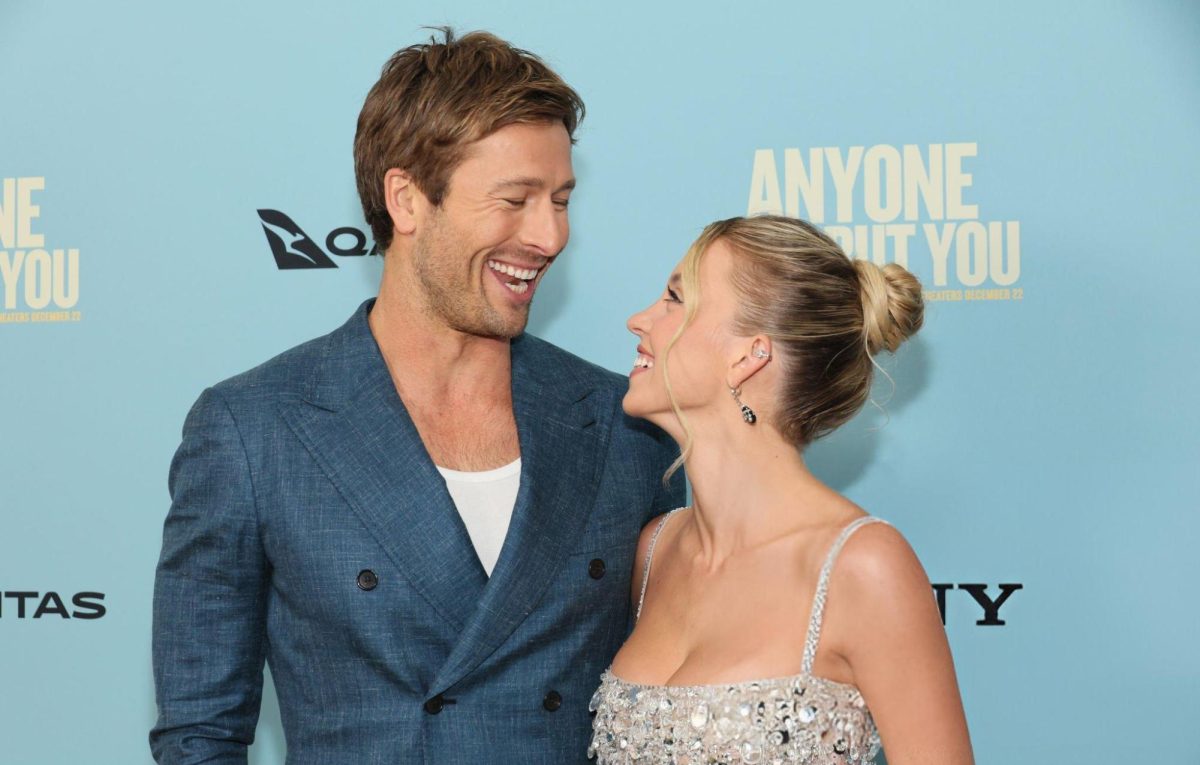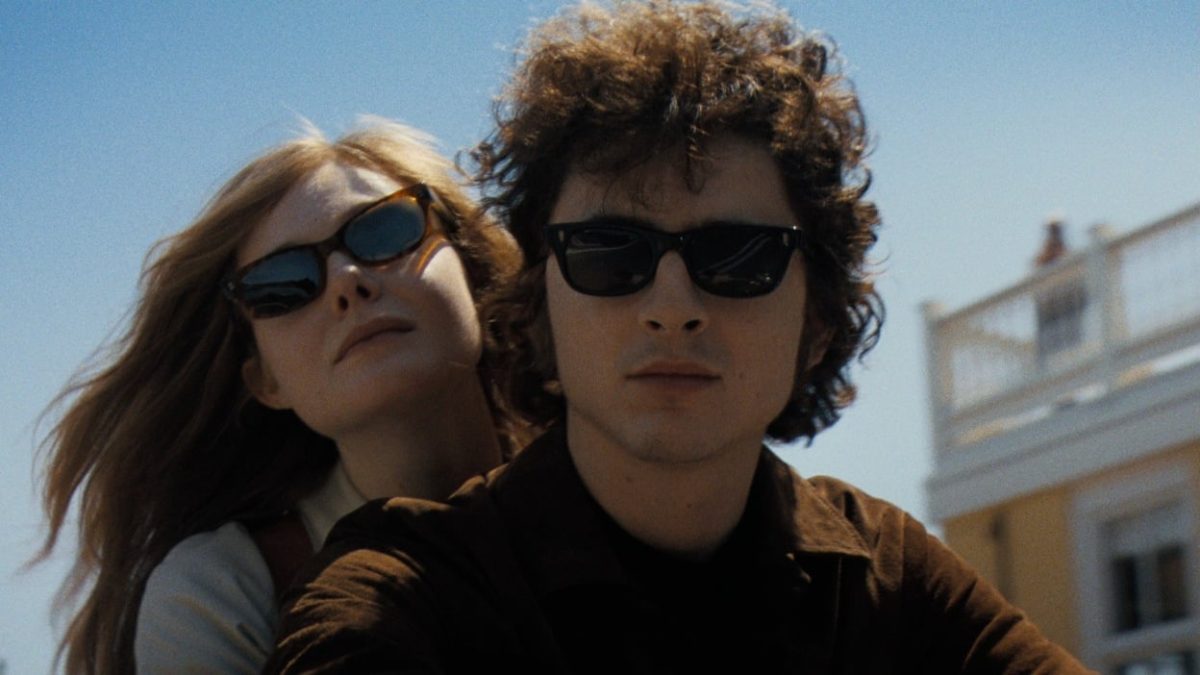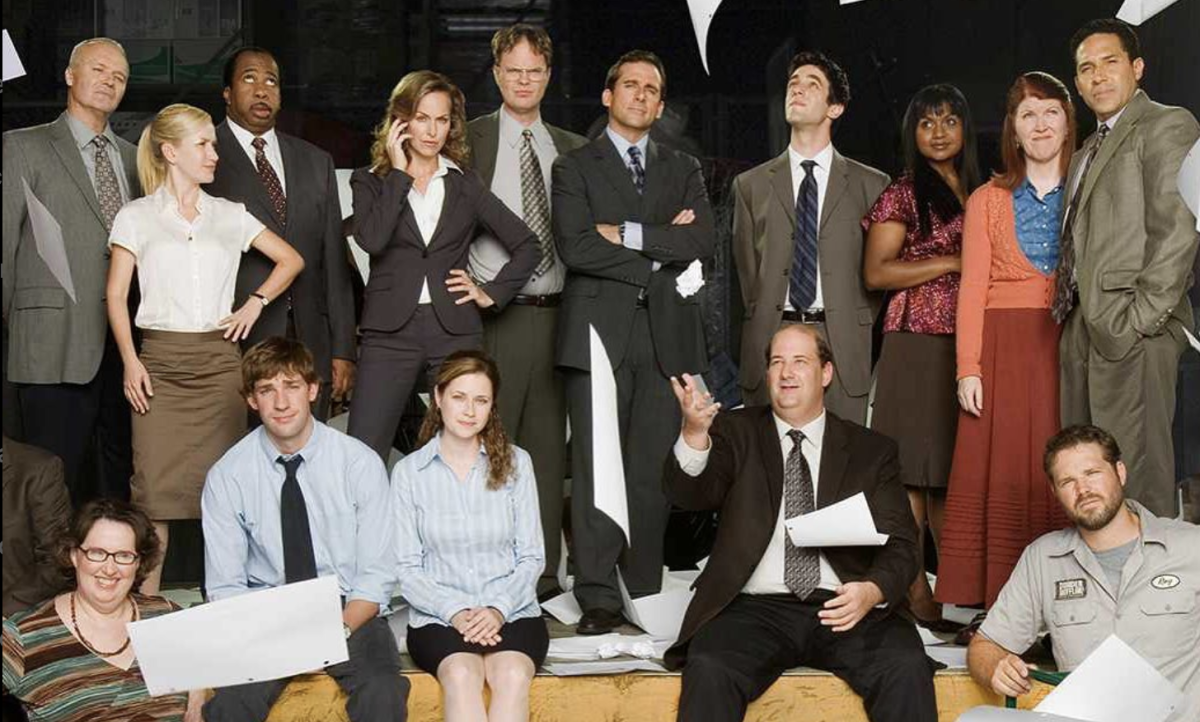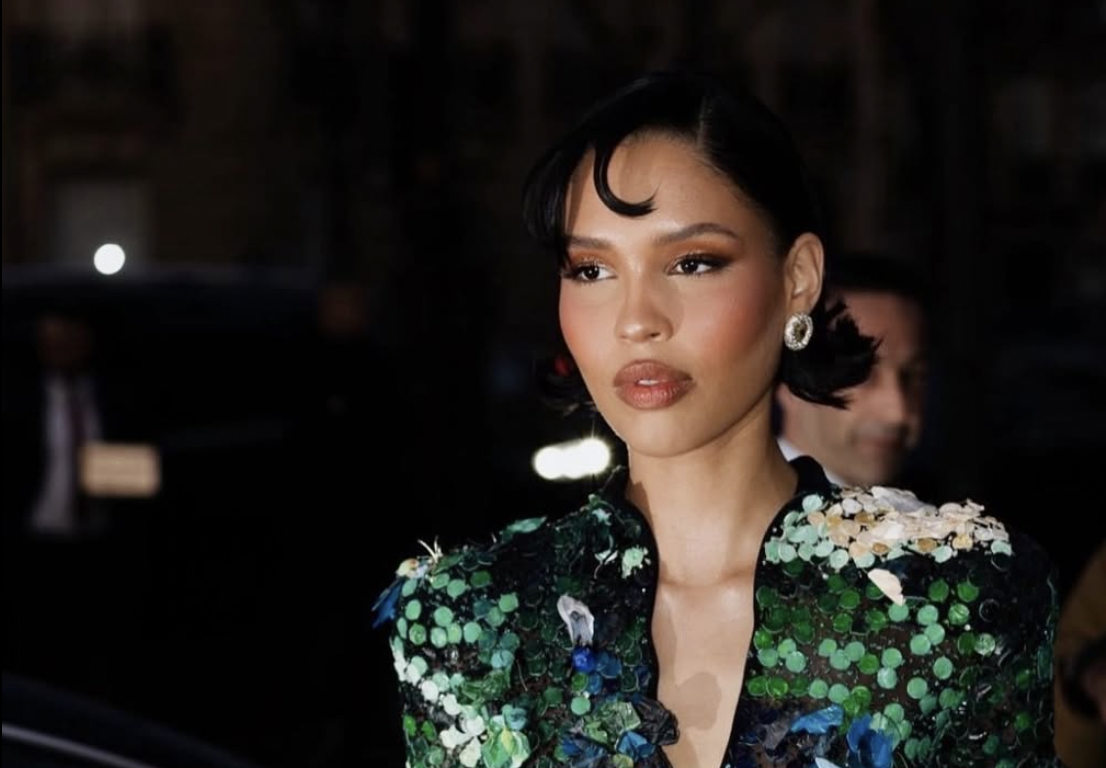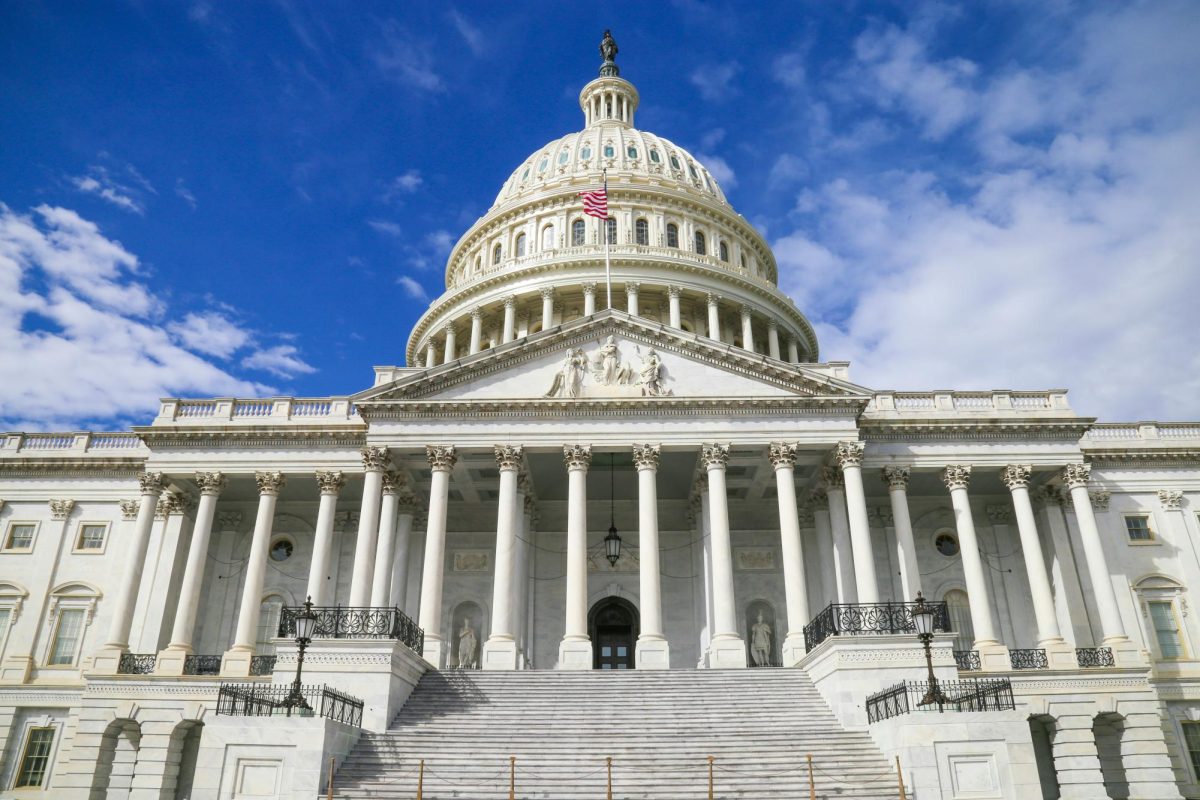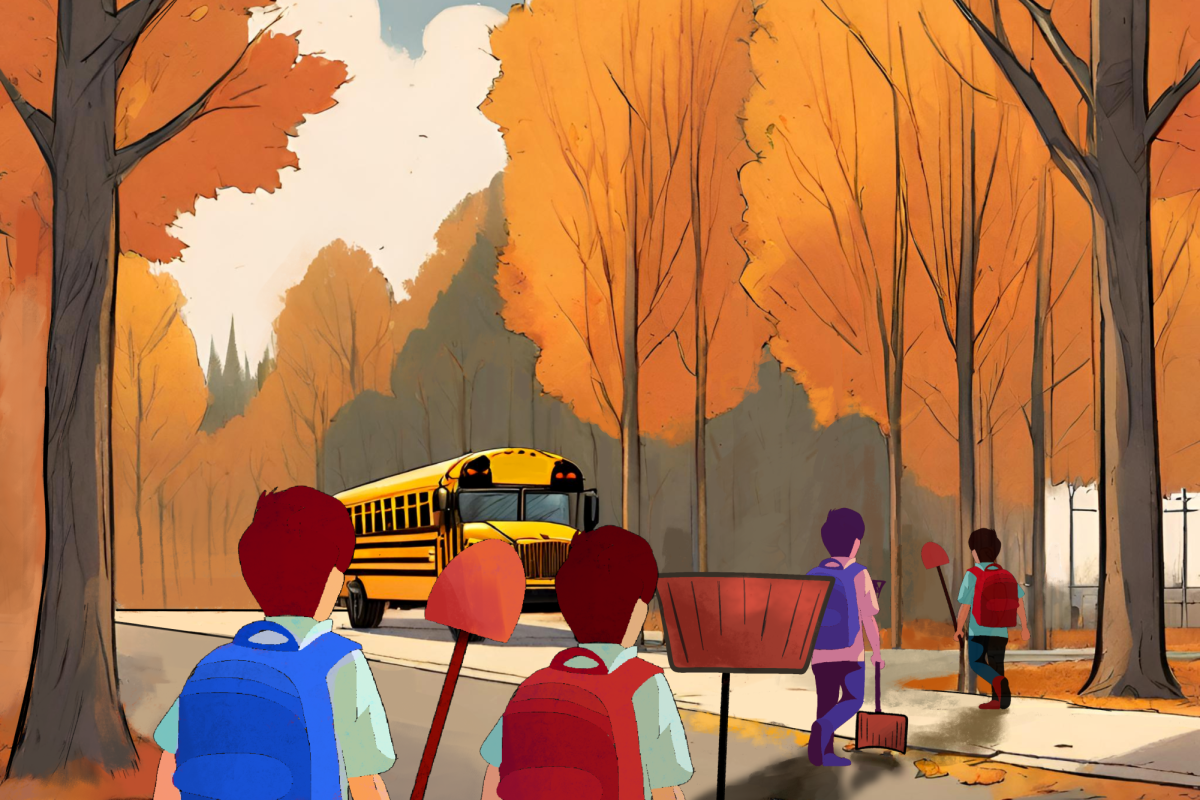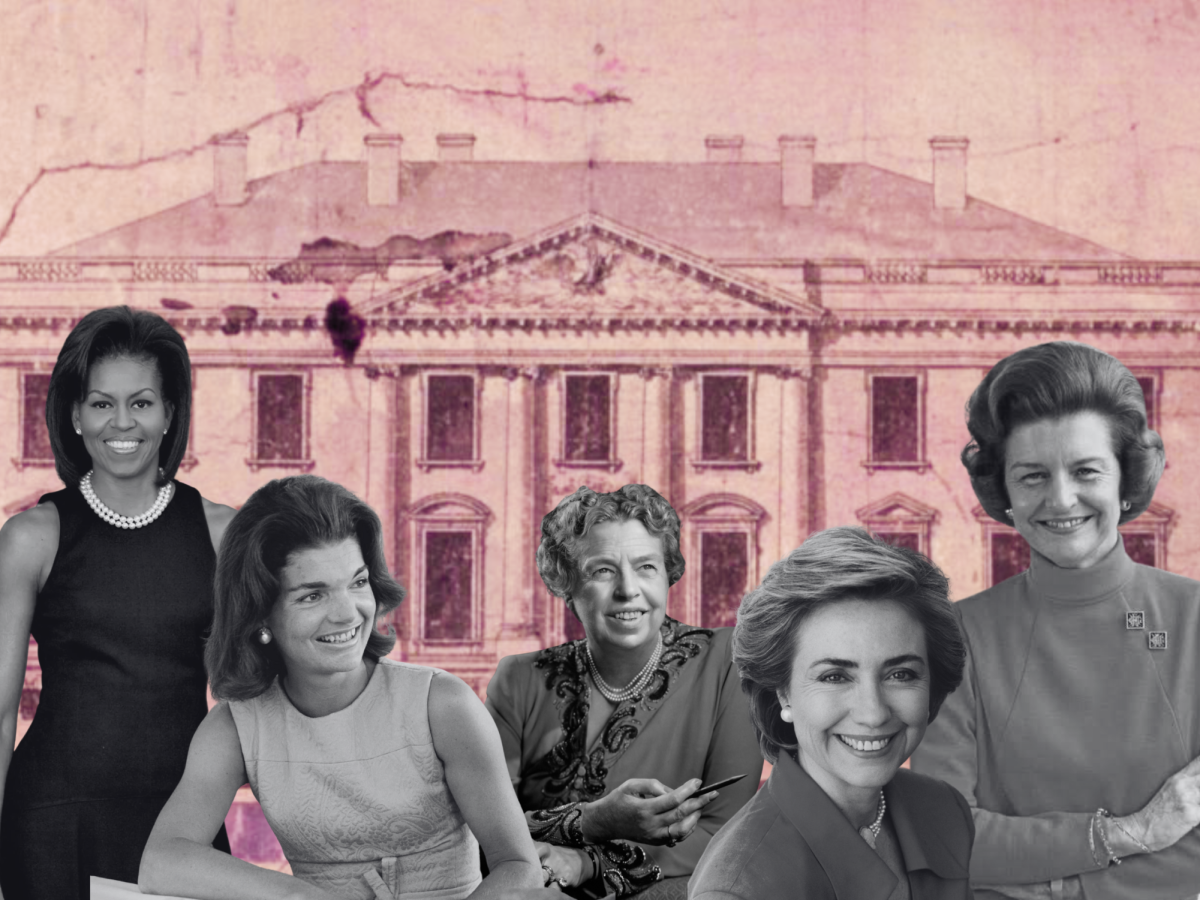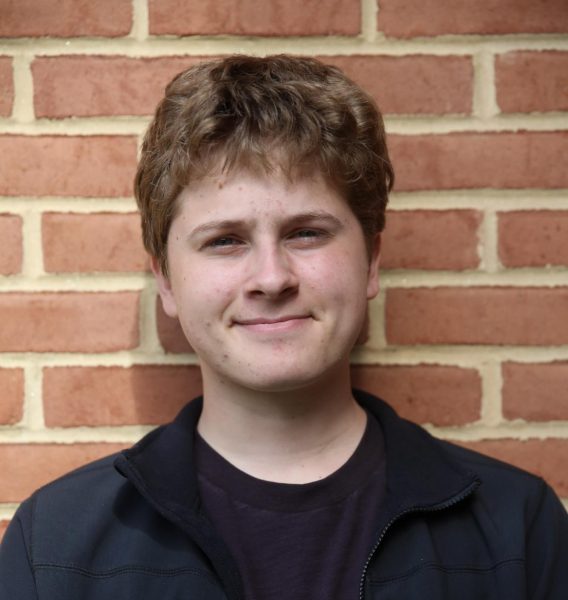★★★★★
Three years after its critically acclaimed predecessor, “Dune: Part One,” viewers finally receive a cinematic resolution to the iconic sci-fi story of Frank Herbert’s 1965 novel “Dune.” “Dune: Part Two” astounds with a product that is already one of the most well-rounded and excellent films of the decade.
The bar couldn’t have been higher for “Dune: Part Two”; it assembles one of the most star-studded casts in recent memory, brings back Hans Zimmer’s incredible score, all under the direction of Denis Villeneuve and, as a cherry on top, a $190 million budget. Despite the lofty expectations, “Dune: Part Two” hits it out of the park and adds even more to the impeccable filmography of Villeneuve.
“Dune: Part Two” follows up where its predecessor left off in 2021. On the austere desert planet Arrakis, young aristocrat Paul Atreides (Timothee Chalamet) has escaped alongside his mother, the Bene Gesserit witch Lady Jessica (Rebecca Ferguson), from the massacre of their family at the hands of the evil House Harkonnen. Finding refuge amongst the native people of the desert, the Fremen, Paul and his mother attempt to survive as the last remaining members of House Atreides.
It’s this relationship with the Fremen that grounds the first half of the film. Viewers follow along as Paul earns the trust of the natives, all the while developing relationships with tribe leader Stilgar (Javier Bardem) and the intrepid Chani (Zendaya), who also serves as Paul’s love interest. Though a bit of a slow burn, the first half lays the base for the story: Paul’s ascendancy as a prophet to the Fremen. The unique path Paul follows allows for some of the most nuanced acting of Chalamet’s career, as his performance perfectly portrays Paul’s transformation into the martial and religious leader of the Fremen. Villeneuve takes ample time to explore the Fremen, their culture and religion, which leads to some of the best performances of the film from Bardem and Zendaya — Bardem is a true gem, and Zendaya proves herself in one of the more major roles of her career.
Some more interesting performances come from the evil Harkonenns, such as the cold and calculating leader of the Harkonnens, Baron Vladimir (Stellan Skarsgard), the brutal enforcer Beast Rabban (Dave Bautista) and, the most interesting of all, the cunning and sadistic heir to the Harkonnen throne, Feyd Reutha (Austin Butler). It’s in this capacity as a villain that Butler gives perhaps the most impressive performance of the film, portraying his psychopathic yet intelligent character impeccably. Watch out for Butler in the Best Supporting Actor category during the next Oscars.
In the end, the film’s sheer star power leads to limited screen time for other characters, some of which pop, others of which are somewhat forgettable. Florence Pugh, as the heir to the imperial throne Princess Irulan, comes across as one of the more interesting characters throughout, while her father, Emperor Shaddam IV (Christopher Walken), feels slightly out of place. Other interesting characters to watch for would be the scheming Lady Fenring (Lea Seydoux) and a cameo from Anya Taylor-Joy.
Even considering all the incredible acting, the true stars of “Dune: Part Two” are those who don’t appear on screen. Beginning with the score from legendary composer Hans Zimmer, who crafts one of the most impressive works of his career. Such a masterful score makes for incredibly emotional viewing, as hearing the brass horns of the Harkonnen theme sends shivers down your spine. In contrast, the wood instrumentals of the Fremen themes add to a feeling of nomadism in the desert shots.
Furthermore, the CGI of “Dune: Part Two” is masterful. In a world that seems dominated by the low-effort CGI of Marvel’s recent productions, this film restores hope in CGI-heavy cinema. From the iconic, massive sandworms of “Dune” to the simple attention to detail with the Fremen and their characteristic blue eyes, the CGI increases immersion to a level not seen since the massive hits of “Avengers: Endgame” and “Avengers: Infinity War.”
Combine the CGI with the beautiful cinematography from the returning Greig Fraser — “The Batman,” “Rogue One: A Star Wars Story,” “Zero Dark Thirty” — and without a shadow of a doubt, “Dune: Part Two” leaves nothing off the table in the visuals department. From beautiful sweeping shots of the desert to the black-and-white sequences on the Harkonnens’ polluted and barren homeworld, the cinematography is simply brilliant.
Despite all these feats, it wouldn’t have been possible without the direction of Denis Villeneuve. Across the entire 167-minute run time, Villeneuve never loses focus and succeeds in adapting the second half of the original 896-page novel. Although he takes creative liberties and approaches certain aspects differently than Herbert did in 1965, the changes are refreshing.
Leaving the theater — and I strongly encourage seeing this visual stunner on the big screen — feels almost disappointing, as this film’s standards would be unfair to place on anything else. Through one of the most impressive casts ever assembled, an iconic score and some of the most incredible visuals ever seen, “Dune: Part Two” is a sci-fi epic for the ages.



